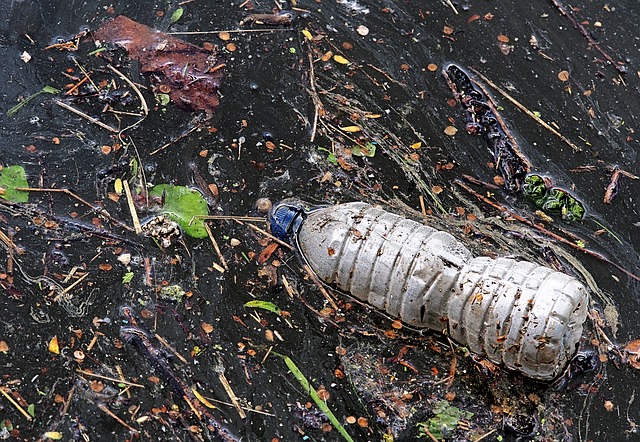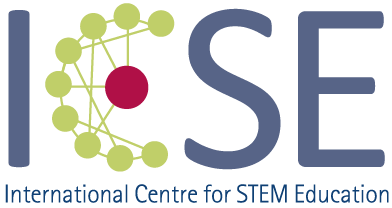How paper and plastic packaging influence the environment.
The aim of this project was to take a closer look at what impact paper and plastic packaging waste have on the environment. The underlaying research questions were: What does packaging have to do with climate change? What can be done about the growing mountains of waste generated by online shopping and takeaway food? Is packaging made from renewable resources the solution?
Never has there been more waste that is collected, separated and recycled in Germany – yet the mountains of waste, especially packaging waste, are growing. How can plastic and packaging waste be reduced to protect the environment? How can young people be encouraged to develop their own messages and ideas for a world free of packaging waste and implement them using media?

The project involved all kinds of people: three female teachers, a group of vocational students, occasionally parents, members from several companies and when it comes to their presence at bigger events and the study they initiated, they reached out to a large audience and included about 10.000 households in their survey.
To involve several members from companies was not difficult, because each student from a vocational school is automatically part of a company and can easily reach out to colleagues for that. To include the broader community, parents were involved and they reached out to community members through surveys or events organized with the help of and for the public and organisations like Greenpeace, HEI like the TU Stuttgart etc..
The project was divided into two phases:
Phase 1: Raising the awareness for packaging: Through research the participants learned about the global Sustainable Development Goals (SDGs) and gathered ideas and action items on how they can use the SDGs to engage. Using materials provided, they worked on future-oriented packaging materials from the packaging industry. Afterwards, they researched what has already been done in the industry.
Phase 2: Raising the awareness on consumption – packaging – plastic: In consumer trails, the participants used their smartphones to learn new things, reflect on their own consumption behavior, and develop ideas on how they can take action themselves with simple, concrete steps. On the one hand, they dealt with their own consumption behavior as well as with problems and effects of non-sustainable actions with a focus on plastic and packaging.
In addition, they planned activities to promote the solutions, e.g. a Future Day with the motto: “Old boxes rethought” with a hands-on activity at which they informed people at a booth about their apprenticeship profession, on the one hand, and showed packaging recycling from cardboard boxes, on the other hand. Furthermore, a poetry slam about it was be organized.
These solutions were found:
Environmental impact of packaging and paper: The production of virgin fiber paper consumes a lot of energy and water, and toxic chemicals are used that can pollute water bodies. CO2 emissions per ton of paper have fallen by around 36.2% since 1995. Nevertheless, the German paper industry still emitted around 13.8 million tons of CO2 emissions in 2018.
Recycled paper, on the other hand, is less harmful to the environment. This means that waste paper is processed in recycling plants in such a way that new paper is created from it. For this, the recycling industry needs up to 60% less energy and 70% less water compared to virgin paper production. In the same way, new can be discovered from “old boxes,” which the trainees demonstrated on their project day.
Awareness can be raised through paper data collection at school. The data collected can be used to show how much water, wood, energy and CO2 emissions would be saved with certain measures. Also our presence at various events helped.
To summarize dissemination, they tried different measures that proved to be successful: They exchanged ideas with other projects and shared lessons learned. Participants from one group acted as mentors for other groups. They also took part in or organized several events. These were made available on the school website (e.g. Educational cooperation with a “Grenzenlos” activist; certification as a “Grenzenlos” school; presentation and hands-on activities at the MOST fair in Freiburg; Future Day in Neustadt). Moreover, information was spread by emailing the companies about their activities. A stand at the Future Day in Neustadt on July 15 was organized and a press report was published in the local newspaper. Also all activities are visible on ICSE’s MOST website. Even a poetry slam about the topic was organized.
The project was a success because they reached a great number of people, so the project had a large impact on the local community and they came up with creative ways to disseminate their findings and increase awareness for the problems.
